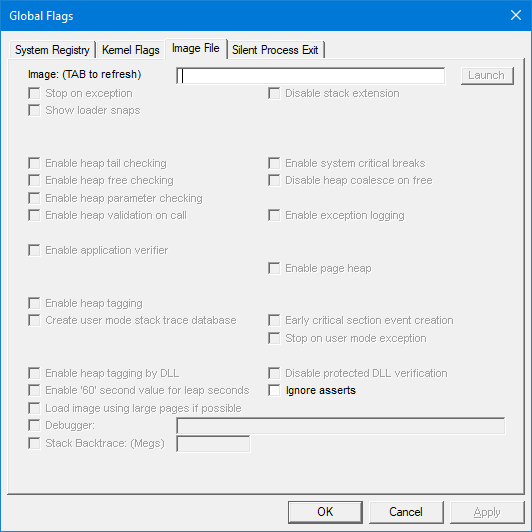MemoryCache class in .NET has interesting quirk
- Posted in:
- .NET
- Programming
In this post I will explain my investigation about handle leaks and how it resulted in interesting discovery in MemoryCache class.
I received few reports stating that our application consuming handles even when it supposed to do nothing. And then I started my investigation. I explained how to find where is leaking handles here.
After application leaked about 50 handles, I paused application and checked call stack. And to my surprise I found a lot of callstack that looks like this:
ntdll!NtCreateThreadEx+0x0000000000000014
KERNELBASE!CreateRemoteThreadEx+0x0000000000000294
KERNELBASE!CreateThread+0x000000000000003b
verifier!AVrfpCreateThread+0x00000000000000bf
clr!Thread::CreateNewOSThread+0x00000000000000b2
clr!Thread::CreateNewThread+0x0000000000000091
clr!ThreadpoolMgr::CreateUnimpersonatedThread+0x00000000000000cb
clr!ThreadpoolMgr::MaybeAddWorkingWorker+0x000000000000011c
clr!ManagedPerAppDomainTPCount::SetAppDomainRequestsActive+0x0000000000000024
clr!ThreadpoolMgr::SetAppDomainRequestsActive+0x000000000000003f
clr!ThreadPoolNative::RequestWorkerThread+0x000000000000002b
--------------------------------------
ntdll!NtCreateEvent+0x0000000000000014
verifier!AVrfpNtCreateEvent+0x0000000000000080
KERNELBASE!CreateEventW+0x000000000000006b
verifier!AVrfpCreateEventW+0x00000000000000a5
clr!CLREventBase::CreateManualEvent+0x000000000000003a
clr!Thread::AllocHandles+0x000000000000007b
clr!Thread::CreateNewOSThread+0x000000000000007f
clr!Thread::CreateNewThread+0x0000000000000091
clr!ThreadpoolMgr::CreateUnimpersonatedThread+0x00000000000000cb
clr!ThreadpoolMgr::MaybeAddWorkingWorker+0x000000000000011c
clr!ManagedPerAppDomainTPCount::SetAppDomainRequestsActive+0x0000000000000024
clr!ThreadpoolMgr::SetAppDomainRequestsActive+0x000000000000003f
clr!ThreadPoolNative::RequestWorkerThread+0x000000000000002b
mscorlib_ni!DomainNeutralILStubClass.IL_STUB_PInvoke()$##6000000+0x0000000000000069
From this callstack it wasn’t really obvious what part of
[...Read More]
